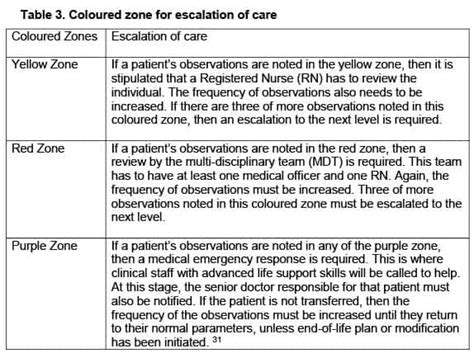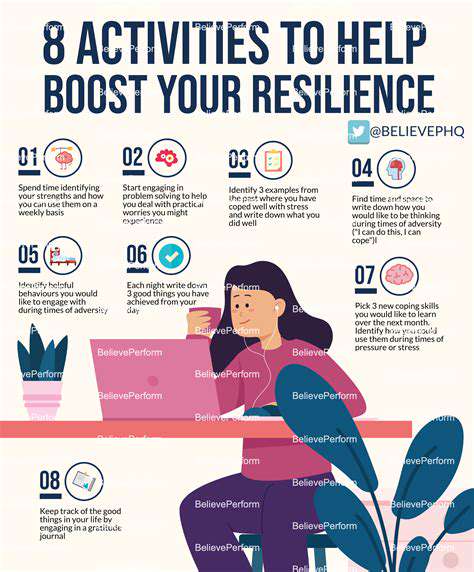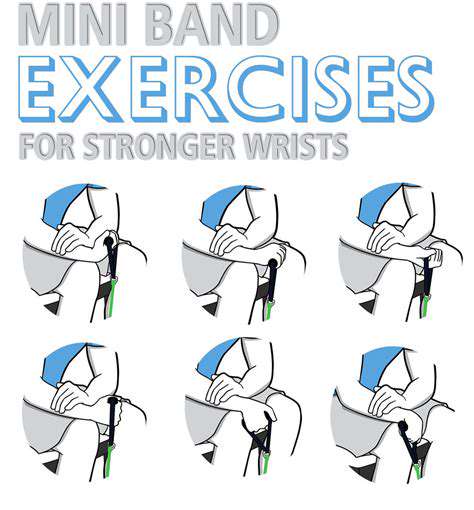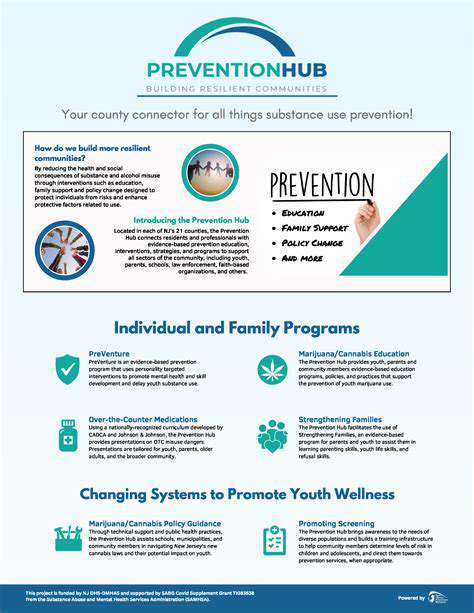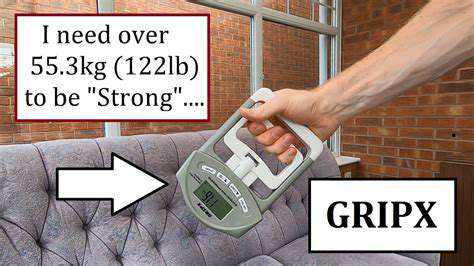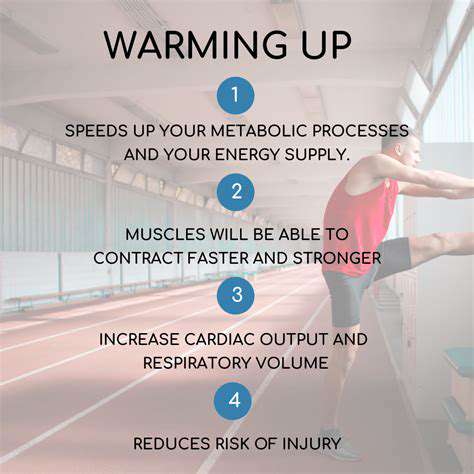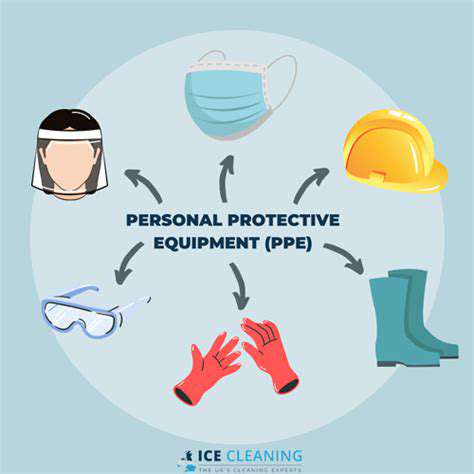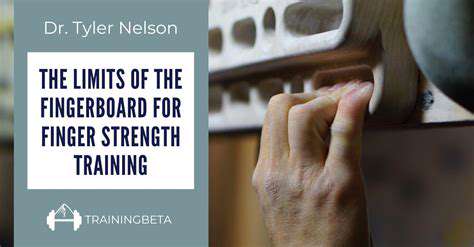Essential Routine for Wrist and Arm Warm Ups
Types of Pre-Activity Warm-up Exercises
Effective warm-ups should be as specific as possible to the upcoming activity. For runners, dynamic leg swings and walking lunges prepare the lower body, while swimmers might focus on shoulder circles and torso rotations. The principle of specificity dictates that warm-up movements should closely resemble the patterns of the main activity, just at lower intensity. This neuromuscular priming helps establish proper movement patterns before full exertion begins.
Contrary to outdated practices, static stretching before activity may actually decrease power output. The current consensus among sports scientists favors dynamic movements that take joints through their full range of motion. A simple progression might include: 5 minutes of light cardio (walking/jogging), followed by 5 minutes of dynamic stretches, finishing with 3-5 minutes of sport-specific drills at gradually increasing intensity. This three-phase approach systematically prepares every physiological system for optimal performance.
Temperature matters more than many realize. Research indicates muscles perform best at about 102°F (39°C), significantly warmer than normal body temperature. This explains why athletes in cold environments often need extended warm-up periods. The warm in warm-up is quite literal - we're literally raising tissue temperature to improve elasticity and contractile function. Monitoring sweat production can be a useful gauge; light perspiration typically indicates adequate warming.
Wrist Circles and Rotations
Wrist Circles
Wrist circles serve as the foundation for upper extremity preparation, particularly for activities requiring fine motor control or grip strength. The circular motion stimulates blood flow to the often-neglected small muscles of the hands and forearms. For optimal effect, visualize drawing perfect circles with your fingertips, maintaining consistent diameter throughout the movement. Varying the plane of motion (horizontal, vertical, diagonal) ensures comprehensive preparation of all wrist ligaments and tendons.
Those who work at keyboards or use handheld tools should pay special attention to wrist preparation. A common mistake is rushing through the motions - instead, aim for deliberate, mindful movements at about one circle per second. The wrist contains eight small carpal bones that need time to properly align and lubricate. Consistent warm-up can help prevent debilitating conditions like carpal tunnel syndrome or tendinitis, especially for those performing repetitive hand movements.
Wrist Rotations
Rotational movements target the radioulnar joints, which are crucial for turning motions like using a screwdriver or throwing a ball. These joints have limited blood supply compared to larger joints, making proper warm-up even more critical. Start with small rotations and gradually increase the range as the joint loosens. Many physical therapists recommend combining rotations with gentle traction - lightly pulling on the fingers while rotating to create space in the joint.
An often overlooked benefit of wrist rotations is their effect on forearm musculature. The flexor and extensor muscles of the forearm cross multiple joints, meaning wrist movements also prepare the elbow and fingers. This interconnectedness explains why thorough wrist preparation can improve performance in activities as diverse as rock climbing, typing, or playing musical instruments. The forearm contains about 20 muscles controlling hand movements - all of which benefit from rotational warm-ups.
Other Wrist and Forearm Stretches
Finger extensions provide excellent complementary preparation. Interlace your fingers and gently push your palms outward, stretching the finger flexors. Hold for 10-15 seconds, then reverse the motion to stretch the extensors. Another valuable exercise is the prayer stretch - pressing palms together at chest height while slowly lowering the hands, keeping palms touching. This simultaneously stretches wrists and forearms while promoting proper shoulder alignment.
For those engaging in grip-intensive activities, consider adding resistance band exercises to your warm-up. Light band extensions (opening fingers against resistance) and flexions (squeezing against resistance) activate the intricate musculature of the hand. These movements increase blood flow to the small intrinsic hand muscles that often fatigue first during prolonged use. Comprehensive hand preparation should address all 27 bones and 34 muscles that make up this remarkably complex anatomical region.
Targeting Specific Muscle Groups: Forearm and Bicep Warm-ups
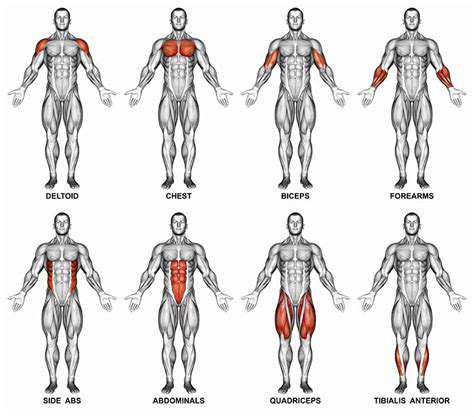
Understanding Muscle Anatomy
The forearm contains two muscle compartments - flexors (palmar side) and extensors (dorsal side) - each requiring specific preparation. The biceps brachii actually crosses both the shoulder and elbow joints, meaning proper warm-up should address both joints. This anatomical complexity explains why targeted warm-ups yield better results than generic arm circles. Knowing which muscles are prime movers versus stabilizers for your particular activity allows for more effective preparation.
Blood flow patterns differ significantly between muscle groups. Large muscles like the biceps receive abundant circulation, while smaller forearm muscles have more limited supply. This physiological difference necessitates longer warm-up times for distal (farther from torso) muscles compared to proximal ones. A good rule of thumb is to spend at least 50% more time warming hands and forearms than upper arms for most activities.
Isolation Exercises for Targeted Growth
Isometric holds provide excellent low-impact warm-up for specific muscles. For biceps, try maintaining a 90-degree elbow bend with light resistance for 15-20 seconds. For forearms, gently squeezing a stress ball or towel activates both flexors and extensors. These controlled contractions increase blood flow without causing fatigue, making them ideal preparatory exercises. The key is using minimal resistance - warm-ups should never tire the muscles before the main activity begins.
Compound Exercises for Overall Strength
Integrated movements like wood chops (mimicking a chopping motion across the body) simultaneously warm multiple upper body muscle groups while engaging the core. Such multi-planar movements better prepare the body for real-world activities than single-plane exercises. When designing compound warm-ups, consider the movement patterns required in your sport or activity and create preparatory exercises that mirror those patterns at reduced intensity.
Prioritizing Proper Form
Warm-up presents the perfect opportunity to reinforce proper movement patterns. Performing exercises slowly and with full awareness establishes neuromuscular connections that carry over to your main workout. Research shows that mental rehearsal during warm-up can enhance subsequent performance by up to 15%, so focus intently on each movement rather than going through the motions mindlessly.
Frequency and Volume for Optimal Results
The ideal warm-up duration depends on multiple factors: ambient temperature, your fitness level, and the intensity of the upcoming activity. As a general guideline, allow 5-10 minutes for light activities, 10-15 for moderate, and 15-20 for intense exercise. In cold environments or first thing in the morning, add 5-10 minutes to these estimates. Listen to your body - you should feel prepared, not fatigued, when transitioning to your main activity.
Rest and Recovery for Muscle Repair
Interestingly, warm-up affects recovery too. Properly warmed muscles experience less microtrauma during exercise, leading to faster recovery. The increased blood flow from warm-up helps remove metabolic waste products both during and after exercise, reducing next-day soreness. This makes warm-up doubly valuable - it enhances both performance and recovery.
Progression and Adaptation for Continued Gains
Just like your main workout, your warm-up should evolve over time. As you become more conditioned, you may need to increase warm-up intensity to achieve the same preparatory effect. Conversely, well-conditioned athletes often require less warm-up time than beginners for the same activity. Periodically reassess your warm-up routine to ensure it continues meeting your needs as your fitness level changes.

